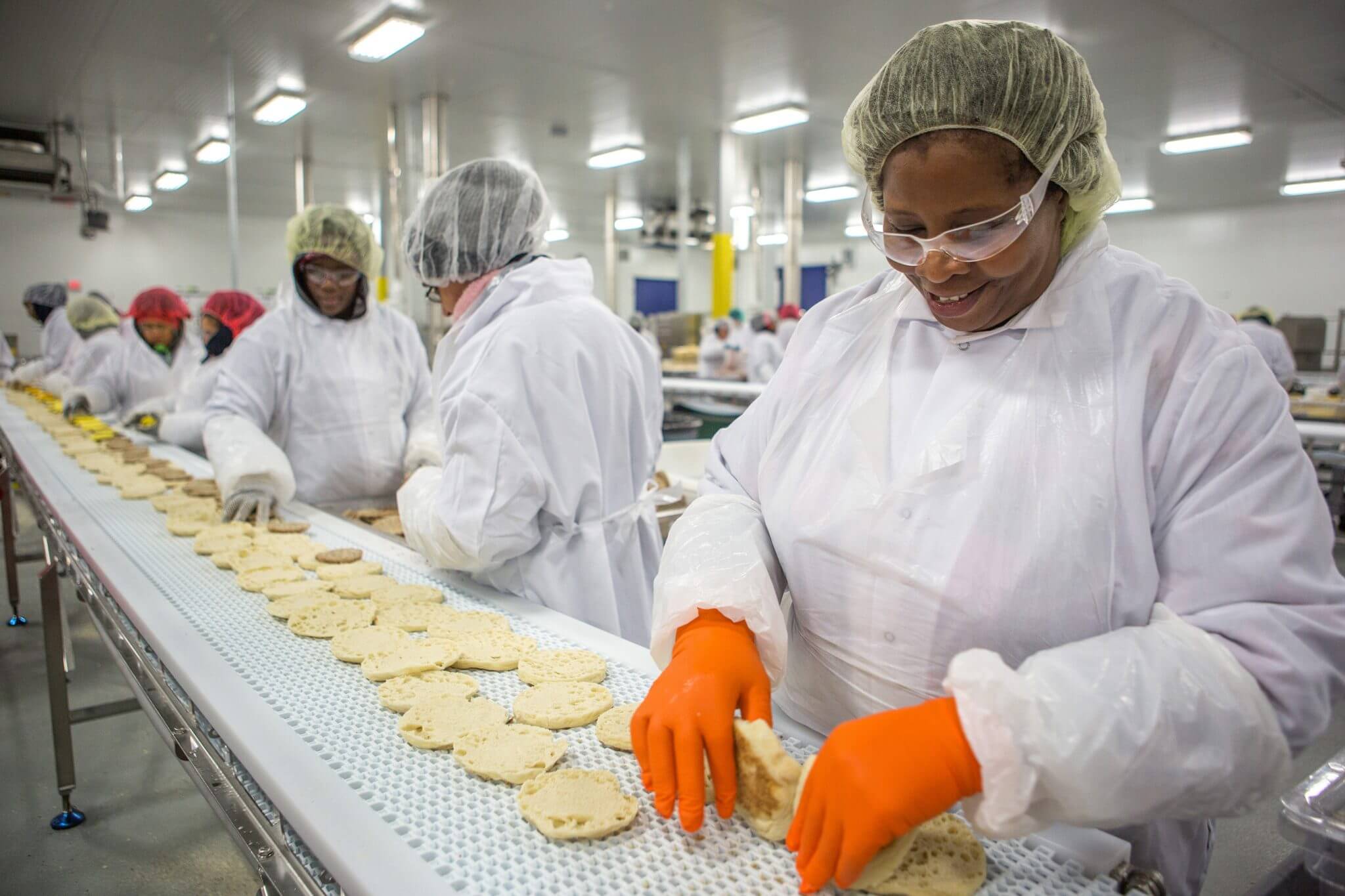By Xiu Ying, Contributing Reporter
RIO DE JANEIRO, BRAZIL – Brazilian industry has been shrinking, according to the Annual Industrial Survey (PIA), published this Thursday, June 6th, by the Brazilian Institute of Geography and Statistics (IBGE). In terms of net sales revenue alone, the decline was 7.7 percent between 2014 and 2017.

The drop in revenue was coupled with a reduction in the number of active companies in the country’s industrial sector. In 2014, there were 333,700 companies, a number that fell to 318,400 in 2017, a reduction of 15,300 industrial units, equivalent to a decrease of approximately five percent.
With fewer active companies, industry employment decreased by 12.5 percent between 2014 and 2017. This represents 1.1 million fewer workers employed in the industrial sector.
IBGE emphasized that employment reduction reached 14.8 percent, representing 1.3 million people employed in the sector, compared to 2013, the year in which Brazil broke the record in the number of people employed in industry (about 9 million employees).
According to IBGE, the manufacturing industry continues to lead in recruitment, accounting for 97.5 percent of employed staff in 2017.
The most representative segments in terms of employment were food products (23.3 percent) and clothing and accessories (8.2 percent). As for mining, the extraction of metallic and non-metallic minerals (41.1 percent) accounts for the largest share.
In terms of wages paid by the industry in real terms, the decline has averaged 14.7 percent since 2014.
According to the survey, Brazil’s Southeast Region led the sector in the country in 2017, accounting for 58 percent of the total value of industrial processing.
The South Region follows the Southeast, accounting for 19.6 percent of the country’s industrial processing value, followed by the Northeast (9.9 percent), North (6.9 percent) and Center-West (5.6 percent).
However, since 2008, there has been a 4.2 percentage point decline in the Southeast’s participation, in favor of the Center-West Region, which registered the largest progress (1.9 pp), followed by the South (1.3 pp).

